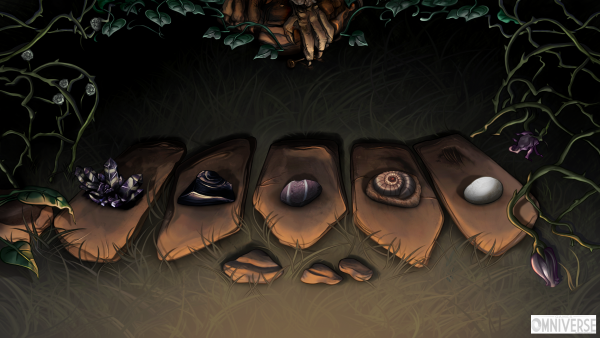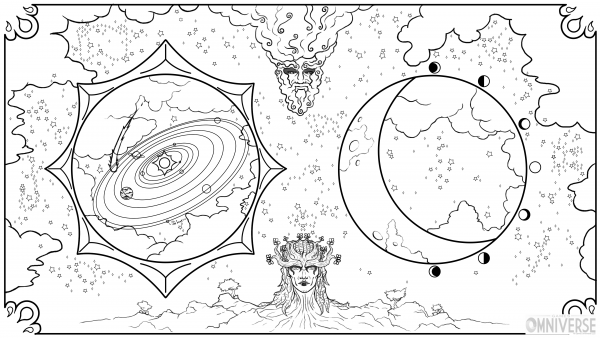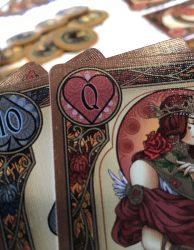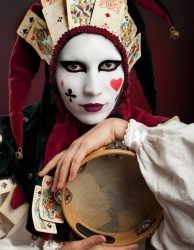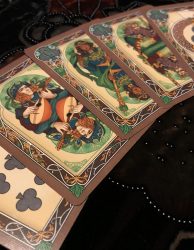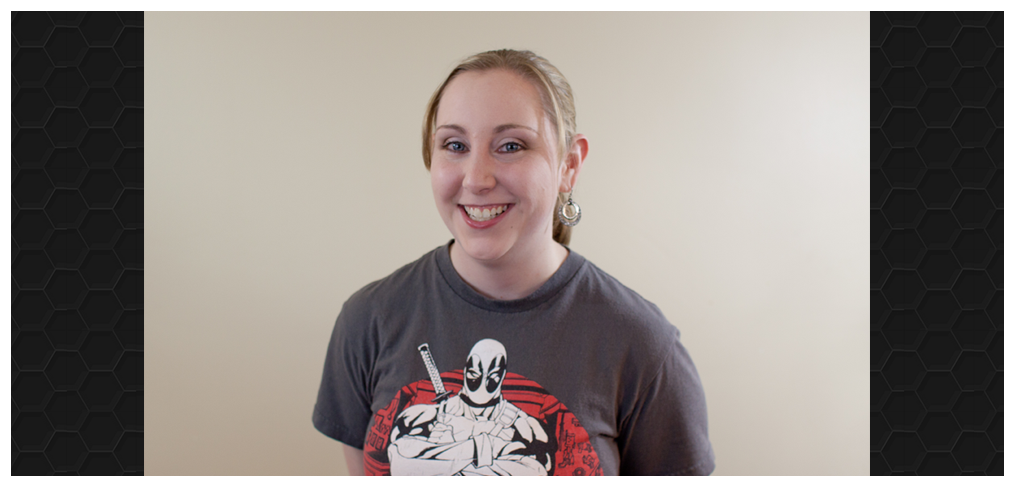
Puzzle Design
From classic adventure puzzle video games like Myst, The 7th Guest, or Alone in the Dark, inventive and challenging puzzles have been an intricate part of the gaming experience. We’ve all been there– alone in a dark crypt or trapped in a decrepit room. You shine a flashlight and see runes carved on the wall. Maybe there are strange levers sticking out of the floor, or a suspicious looking box on the desk, or a note pinned to a dead body with a cryptic clue on it. Your mind starts looking for the patterns, piecing the clues together, and your heart beats a little faster. There’s nothing quite as exciting/frustrating/maddening as facing the challenge of a well-designed puzzle. And nothing beats that moment when everything finally clicks into place and you yell “eureka” as the crypt opens to reveal all its deep dark secrets. In Games Omniverse’s Danika Dire, developers are weaving unique puzzles into the narrative that will be sure to challenge and delight gamers. I interviewed Games Omniverse‘s puzzle developer, Alison J. McKenzie, and asked her to give us a glimpse of what we’re in for. Here’s what she had to say.
Heather Reid: Alison, Can you give us some examples of the types of puzzles you’re developing for Danika Dire?
Alison: Danika Dire is a puzzle adventure game. It originally started as a hidden object game, and though we’ve expanded on that idea and worked to make it our own, hidden object scenes are still a big part of the gameplay. There are also a lot of other mini-games and puzzles to solve throughout the game with a variety of mechanics.
Heather Reid: There are so many types of puzzles used in adventure games. How do you decide which kind to puzzle works best in a certain situation?
Alison: My goal is always immersion, and while it’s not really possible to make every puzzle likely or even possible in the real world, I try to get as close as I can. That usually gives me a direction for puzzles. For example, I know from the script that you need a key card to get into a room. So let’s say for the puzzle there are a bunch of key cards. You have to figure which one’s the right one. But how? Maybe there is a pattern of impressions on the key card that matches up with the lock for the door. Or maybe they’re labeled and you have to figure out what the labels mean.
Heather Reid: What’s the hardest part of creating puzzles for a video game?
Alison: I’ve got two answers for this one. The first, which is the most obvious, I think, is making sure the puzzles are fun. Just because they’re difficult or make sense for the situation does not automatically make them fun. The other answer is one that actually surprised me quite a bit—thinking through every single part of the puzzle enough that the programmers can work on it. I have a background in game programming, and with my puzzle design docs I still have the developers needing to ask questions or receive clarification on parts of the puzzle that I didn’t specify or didn’t even consider. It’s more difficult than it looks. The solution in that case is twofold: 1. Learn from your mistakes and 2. Continue to improve your processes and documentation.
Heather Reid: Creating a fun and immersive story is the driver for Danika Dire, how do you incorporate puzzles that move the story forward?
Alison: That’s one I can’t take much credit for, honestly. Angel is our script master, and that’s how I know what puzzles are needed and where. Taking the example I used above, the script might say, “Puzzle 45: Key Card Puzzle,” so I know we need some sort of key card puzzle there. Then I pitch puzzle ideas on our internal discussion board or during our weekly meetings, and we discuss them until we’re all on board.
Heather Reid: What’s the greatest challenge you’ve been faced with so far and how have you overcome that challenge?
Alison: The biggest challenge has been really nailing our processes so that it works smoothly and efficiently for everyone involved. The only way to solve this is to continue to evaluate and improve our processes as we go on.
Heather Reid: What are some of your favorite puzzle games of all time?
Alison: As a kid, there were a number of puzzle games that really influenced me as a designer and a gamer. Myst, of course, is the classic one, which I used to play with my father. Then there was one called Museum Madness, where a bunch of museum exhibits had run into problems and you have to figure out how to put them right. More recently, I’ve played a ton of hidden object games through Big Fish—I eat them up like candy.
Thanks so much for answering our questions, Alison. I can’t wait to play Danika Dire and solve some puzzles.
We would love to hear from you! Share some of your favorite puzzles games in the comments.
Content Created by: Heather Reid


